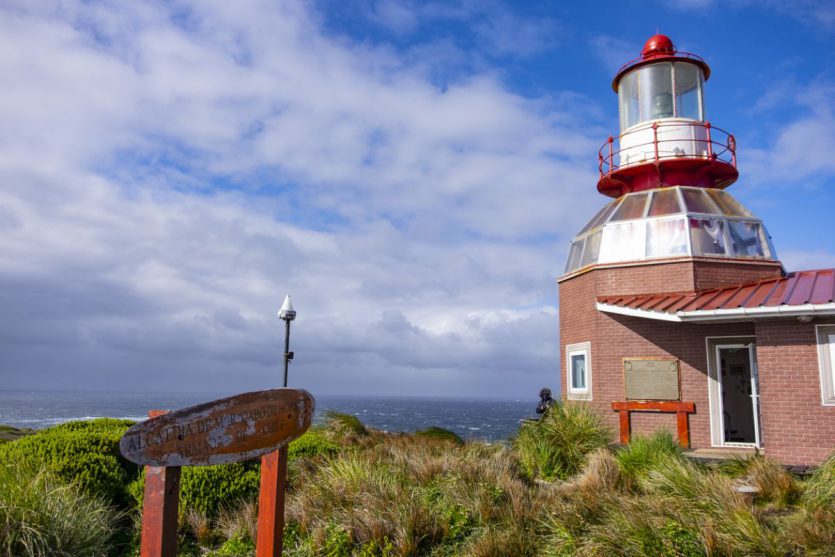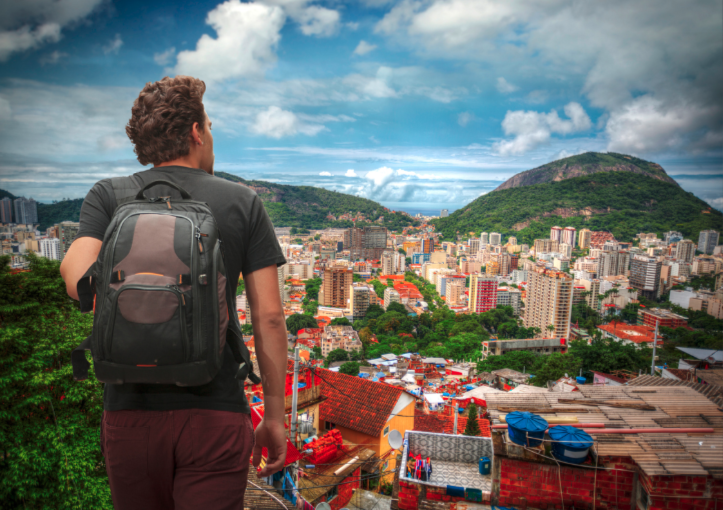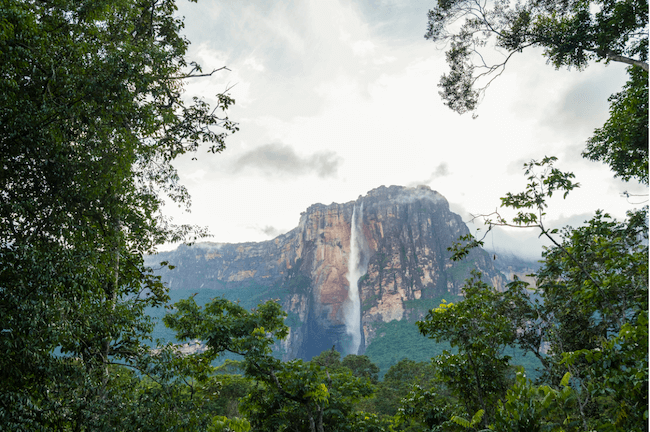Ecotourism in Patagonia offers a unique opportunity to experience some of the most pristine and rugged landscapes on Earth. Spanning across southern Chile and Argentina, Patagonia is a haven for nature lovers and adventurers alike. With its vast open spaces, it boasts less than 4 inhabitants per square kilometer, making it one of the least populated areas globally.
Visitors can explore iconic natural sites such as the Torres del Paine, Fitz Roy, and the Strait of Magellan. The region is also home to the towering peaks of the Andes or expansive steppe-like plains, ancient forests, and crystal-clear lakes. Iconic sites like Torres del Paine National Park in Chile and Los Glaciares National Park in Argentina draw adventurers from around the globe. These parks are not only breathtakingly beautiful, but are also prime examples of conservation efforts in action.
The emphasis on low-impact travel and cultural exchange promotes conservation, aligning with the principles of responsible tourism. When planning an ecotourism trip to this region, it’s essential to consider the environmental impact and aim to minimize it.
Start by choosing local eco-friendly tour operators who use sustainable practices and give back to the community by improving the well-being of local people. It’s all about minimizing impact, building environmental and cultural awareness, and providing direct financial benefits for conservation efforts. In Patagonia, ecotourism means exploring stunning landscapes while ensuring these natural wonders are preserved for future generations.

Ecotourism Activities in Patagonia
Hiking and Trekking
Hiking is a popular way to explore the diverse landscapes, with options ranging from day hikes to multi-day treks in national parks like Torres del Paine and Tierra del Fuego. For a unique accommodation experience, eco-friendly camps and lodges provide sustainable options, such as geodesic domes with panoramic views of the majestic Torres del Paine or yurts on the shores of Lake Toro offering star-gazing opportunities through their central domes. The Argentine side offers the famous trek to Mount Fitz Roy in El Chaltén, which is equally stunning. These routes allow travelers to immerse themselves in nature while adhering to strict guidelines that protect the environment.
Wildlife Watching
Patagonia is home to a wide variety of wildlife, including guanacos, Andean condors, and the elusive puma. Coastal areas are rich with marine life such as whales, dolphins, and penguins. Whale watching in the Valdés Peninsula, bird watching in Tierra del Fuego, and spotting pumas in Torres del Paine are just a few of the incredible wildlife experiences available. Eco-friendly tours ensure minimal disturbance to these creatures and their habitats.
Glacier Tours
The glaciers of Patagonia are a sight to behold. Perito Moreno Glacier in Argentina is one of the few advancing glaciers in the world and offers a spectacular show as ice chunks crash into the water below. Guided tours, including ice trekking and boat trips, provide opportunities to experience these glaciers up close while promoting environmental education and conservation.
Kayaking and Rafting
For those seeking a water-based adventure, Patagonia’s rivers and lakes are perfect for kayaking and rafting. The Futaleufú River, with its turquoise waters and challenging rapids, is a top destination for white-water rafting. Kayaking in the serene fjords of Chilean Patagonia offers a peaceful way to explore remote areas with the chance to see wildlife and stunning scenery.
Sustainable Travel Practices for Ecotourism in Patagonia
Itineraries often include visits to iconic natural sites such as the Torres del Paine, Fitz Roy, and the Perito Moreno Glacier, where travelers can engage in activities like hiking, wildlife watching, and even glacier trekking. Accommodations range from eco-lodges to geodesic dome hotels that blend into the environment, providing comfort without compromising the natural setting.
Engaging with local culture is also a key aspect, with opportunities to learn about indigenous traditions, enjoy local cuisine, and understand the importance of conservation efforts in the area. By traveling responsibly, visitors not only enjoy the breathtaking beauty of Patagonia but also contribute to the preservation of its unique ecosystems and cultures.
For a detailed itinerary and sustainable travel options, exploring organized tours can be a great starting point.
Here are some tips for responsible ecotourism:
- Leave No Trace: Follow the principles of leaving no trace by packing out all your trash, staying on designated trails, and respecting wildlife.
- Use Eco-friendly Accommodations: Choose lodges and campsites that prioritize sustainability. Many eco-lodges in Patagonia are designed to minimize environmental impact and support local communities.
- Support Local Communities: Purchase goods and services from local businesses. This not only boosts the local economy but also promotes cultural exchange and understanding.
- Conserve Water and Energy: Be mindful of your water and energy use, especially in remote areas where resources are limited.
- Educate Yourself: Learn about the ecosystems and cultures you are visiting. Understanding the importance of conservation efforts enhances your travel experience and fosters a deeper connection to the region.
For a truly immersive experience, consider a guided tour that focuses on the natural and cultural heritage of the region, allowing for a deeper understanding and appreciation of this remarkable corner of the world.
No comments yet
There are no comments on this post yet.




Leave a comment